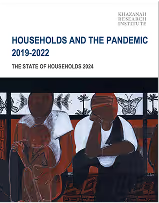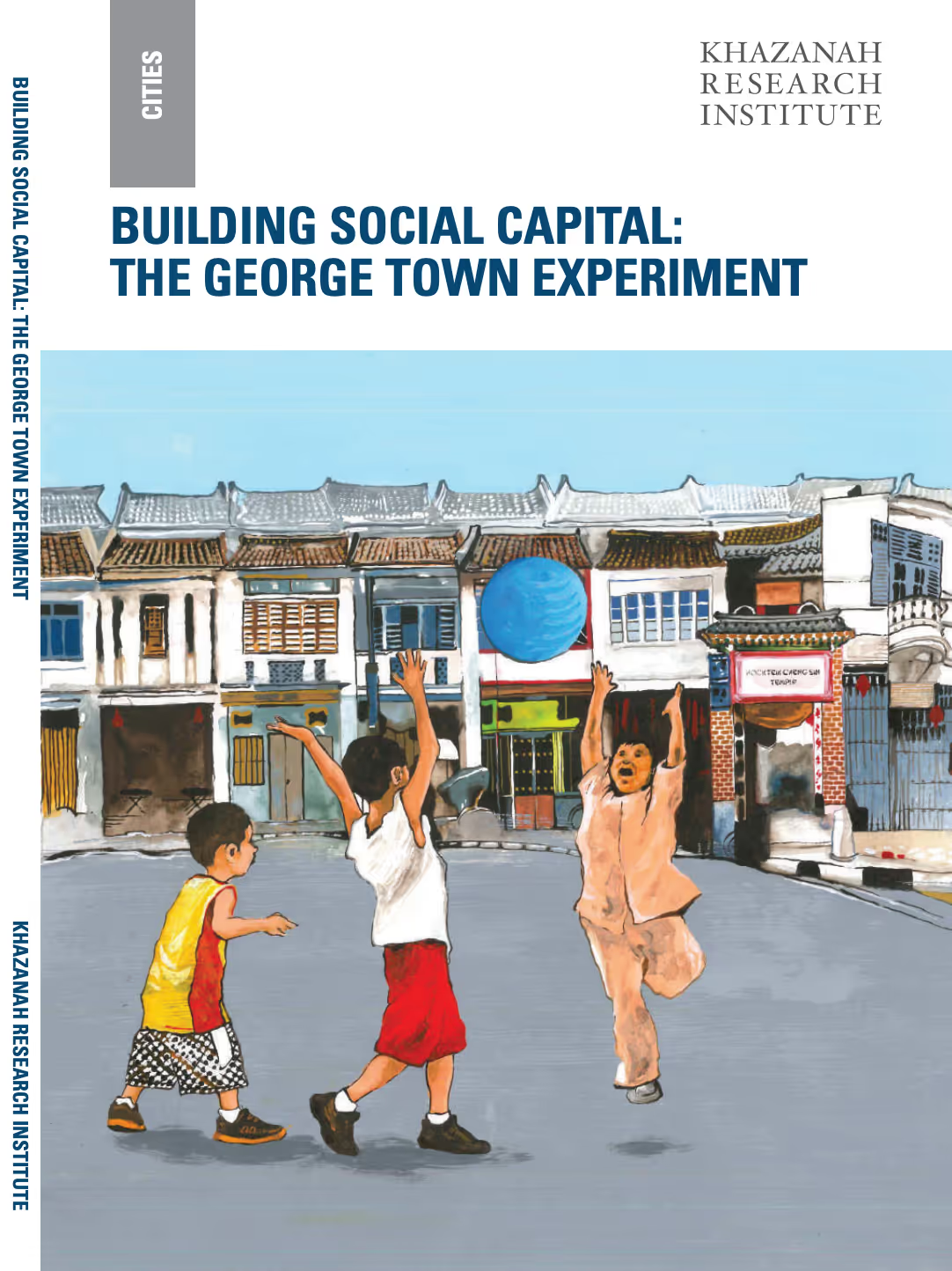
Buying a new fridge for your new home is far less stressful than buying the home itself. While both may represent significant purchases in a person's life, the psychological and systemic differences between the two are stark. In Malaysia, this comparison goes beyond simple economics—it reveals something deeper about how our housing and consumer systems function.
At first glance, purchasing a refrigerator and a house may seem worlds apart in complexity and value. Yet, in Malaysia, they share at least one key trait: both are often bought today to be delivered in the future. This shared feature—future delivery—creates vastly different experiences. With the fridge, the waiting period is short, the terms are simple, and the process is relatively painless. With a house, especially under the widely accepted norm of the sell-then-build system, the uncertainty can stretch over years, often bringing uneasiness, risk, and, in some unfortunate cases, regret.
One might think that the financial model of instalment payments makes house and fridge purchases more alike. True, both can be bought on credit. Many Malaysians opt for instalment plans when purchasing household appliances, just as they do when buying a house. However, the terms diverge quickly. Buying a fridge often comes with interest-free instalment options (especially on online shopping platforms)—sometimes for six or twelve months. On the other hand, housing loans in Malaysia typically span 30 to 35 years with front-loaded interest. In the early years of the loan, most monthly payments go toward servicing the interest rather than reducing the principal. This makes the cost of borrowing for a house purchase significantly higher over time.
Ironically, applying the time value of money principle flips the logic: it would technically be more economical to buy a house outright with a lump sum than to take on a loan, assuming one could afford it. Yet, almost no one can do so. In contrast, while many people can buy a fridge in cash, it may actually be cheaper to stretch payments over time, especially with zero-interest promotions. These contradictions are real and perhaps unintentionally comical: why are small-ticket items given better financing conditions than bigger, life-defining purchases like homes? Why do policies and financial institutions allow this mismatch to continue? It may benefit certain actors in the system, but it's hard to see how it helps the average person.
Then comes the delivery experience. With a fridge, you usually know the exact delivery date. You can track it online. If something goes wrong—say, the item is delayed, damaged, or never arrives—you have recourse. Refunds and returns are fairly straightforward, especially when purchasing through reputable platforms or retailers.
Now, contrast that with the delivery of a house in Malaysia.[1] If you're buying a newly developed property, you’re often left in the dark. You’re not even allowed to access the construction site to observe the progress. Even if delays are suspected or confirmed, buyers have little power to act. In some cases, developers abandon projects altogether. But even if the house is never completed or delivered, buyers are still legally bound to repay the loan to the bank. You can cancel a fridge order, but not a housing loan. It's deeply unsettling.
And what about protection after purchase? Here, the differences are again striking. A new fridge typically comes with a warranty that can last up to ten years. Meanwhile, the Defects Liability Period (DLP) for a new house in Malaysia lasts only two to three years after handover—despite the fact that houses are meant to last decades, if not for generations to come. This raises uncomfortable questions: Why is the warranty on an RM2,000 fridge longer than on an RM500,000 house? Is it a reflection of quality? Or of accountability?
Even award-winning developers, surrounded by qualified architects, engineers, quantity surveyors, and consultants, rarely offer extended warranties or take pride in long-term accountability. This calls into question the robustness of construction standards in the country, particularly in dealing with people’s homes. If other consumer goods manufacturers can stand by their products for a decade, why can't Malaysian property developers do the same?
In the recently announced 13th Malaysia Plan (RMK-13), the Prime Minister emphasised the importance of governance elements in the country’s latest development plan, and the housing sector must be reformed to align with that same spirit. The current sell-then-build system seems tilted in favour of developers and financiers (bankers), with the ordinary homebuyer shouldering disproportionate risk. Stronger governance over housing developers, better consumer protection laws, and an overhaul of the homebuying process are long overdue but critically needed.
After all, if buying a fridge feels safer than buying a home, something in our housing delivery system is broken. And as the old proverb goes: “A chain is only as strong as its weakest link.” In Malaysia’s homeownership system, that weak link is assurance—and it’s time to address it through a shift to a build-then-sell system.




.avif)










